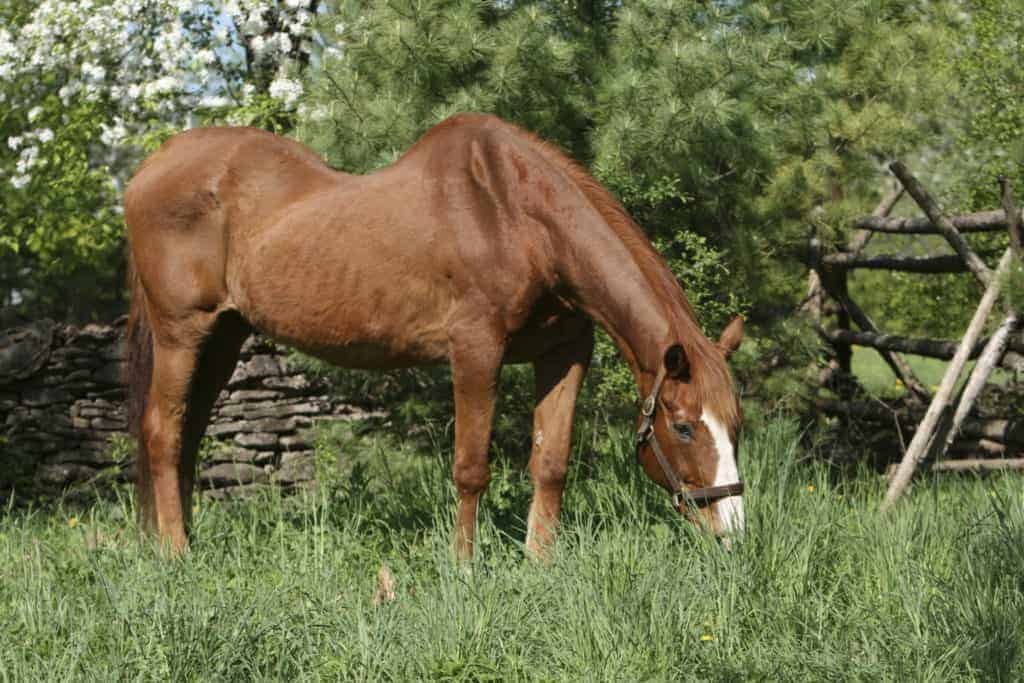
Emerging Osteoarthritis Therapies
Supplements, polysulfated glycosaminoglycans, and regenerative medicines are some approaches for treating OA.

Supplements, polysulfated glycosaminoglycans, and regenerative medicines are some approaches for treating OA.

Which equine nutritional supplements have the research to back up their claims?
A lack of scientific research in equine nutrition makes it difficult to base a feeding program solely on
Many owners don’t think twice before feeding their horses nutritional supplements touted to solve issues ranging from metabolic and joint problems to insect control and behavioral vices. But in many cases the science behind the powders, pellets, and

Equine joint supplements have been purported to decrease inflammation, increase mobility, and more. This guide to equine joint supplements includes a seven-step quality evaluation process and tips for choosing a safe and effective product.
A joint is defined as an anatomic union or junction between two or more bones. There are three basic types of joints in the horse: Synovial, fibrous, and cartilaginous.
SmartPak has introduced a new “Guide to Supplements and Horse Care,” a publication that provides horse owners with a new way to learn about their horse’s health and supplements.
Interested barns, pony clubs, 4-H clubs,
Osteoarthritis (OA) is a major cause of wastage in the equine industry, especially considering that an estimated 81% of the 9.3 million horses in America are involved in equitation and performance. A mainstay treatment for OA is the use of
Horse owners commonly add nutraceuticals to their horses’ diets to treat or prevent joint disease, but most products have no research data supporting their effectiveness.
To evaluate the effect of PSGAG and HA on clinical signs and various other measures of osteoarthritis, researchers utilized 24 horses with a similar degree of osteoarthritis in one carpal joint.
No Joint, No Horse. Should this be the new motto for 21st century horses? Joint injury, joint disease secondary to trauma or injury, and osteoarthritis (OA) are major
In a survey of leading three-day event riders, researchers found that the majority of riders fed their horses based on research-driven recommendations, but the number of supplements used per horse did raise some eyebrows.
During the Jersey
Move over glucosamine and chondroitin sulfate, there might be a new supplement in town. In a clinical trial involving 74 trotting horses, LitoVet, a rose hip powder manufactured specifically for animals by HybenVital in Denmark, had an
As soon as my 20-year-old gelding was diagnosed with equine Cushing’s disease, I eliminated glucosamine from his diet.
Standards help to ensure, manage, and effectively monitor risk of use for products and ingredients for horses.
In the first peer-reviewed, published study to evaluate the effects of the nutritional supplement methylsulfonylmethane (MSM) in horses, Spanish researchers found that MSM exerted a protective effect against the detrimental physiologic changes
Stay on top of the most recent Horse Health news with
"*" indicates required fields